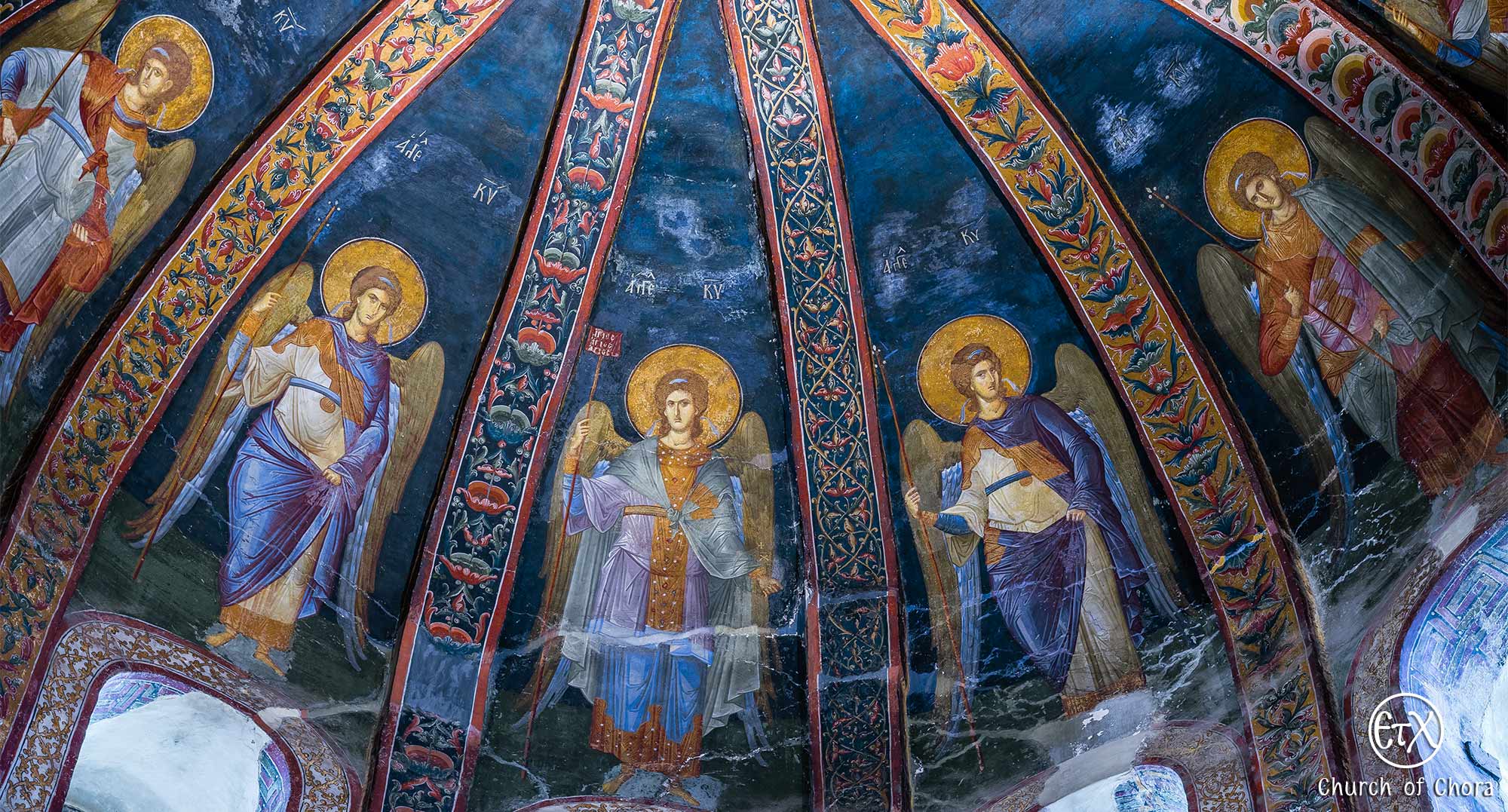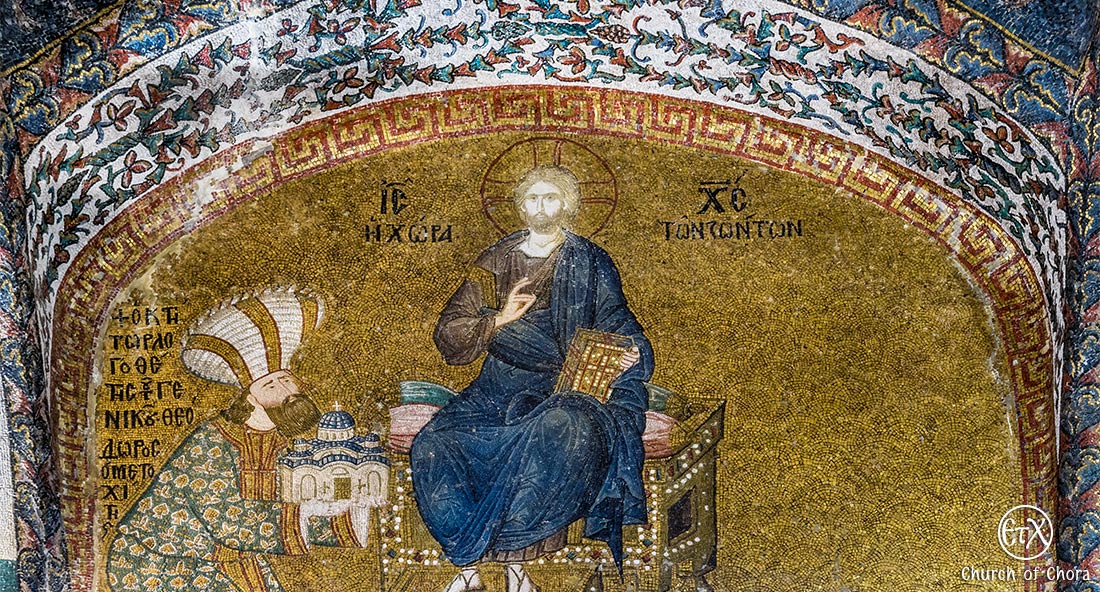History of Chora Church
The monastery, named Chora, was originally built right outside the city walls of Constantinople but kept the name Chora even after the walls were expanded by Theodosius II in 413–414. The name derives from the Greek word Hora (Greek: Χώρα) meaning “country”, “land”, referring to its location and carries a symbolic meaning as the mosaics of the church describe Christ as the Land of the Living (Η Χώρα των ζώντων) and Mary, the Mother of Jesus, as the Container of the Uncontainable (Η Χώρα του Ἀχωρήτου).
In 1511 the Monastery with the conquest of Istanbul by the Turks was converted into a mosque by Atik Ali Pasha. A mihrab was added in the main apse, the belfry was removed and replaced by a minaret. The name of the Chora Monastery was changed to Kariye. Due to the prohibition against iconic images in Islam all inscriptions, Christian symbols, frescoes, and mosaics were covered over with a thin layer of paint and lime.
In 1948, Thomas Whittemore and Paul A. Underwood from the Byzantine Institute of America and the Dumbarton Oaks Center for Byzantine Studies, sponsored a program of restoration to clean, restore and conserve the frescoes in Chora which had been plastered and whitewashed over repeatedly to conceal all representational imagery when the Byzantine era church was used as a mosque during the Ottoman period. The work lasted for twelve years extending throughout the 1950s. In 1958, Chora was opened to the public as a museum - Kariye Müzesi.
Today Chora church is one of the most remarkable remnants of the Byzantine Empire, is one of the best things to do and a top rated tourist attraction when visiting Istanbul.

